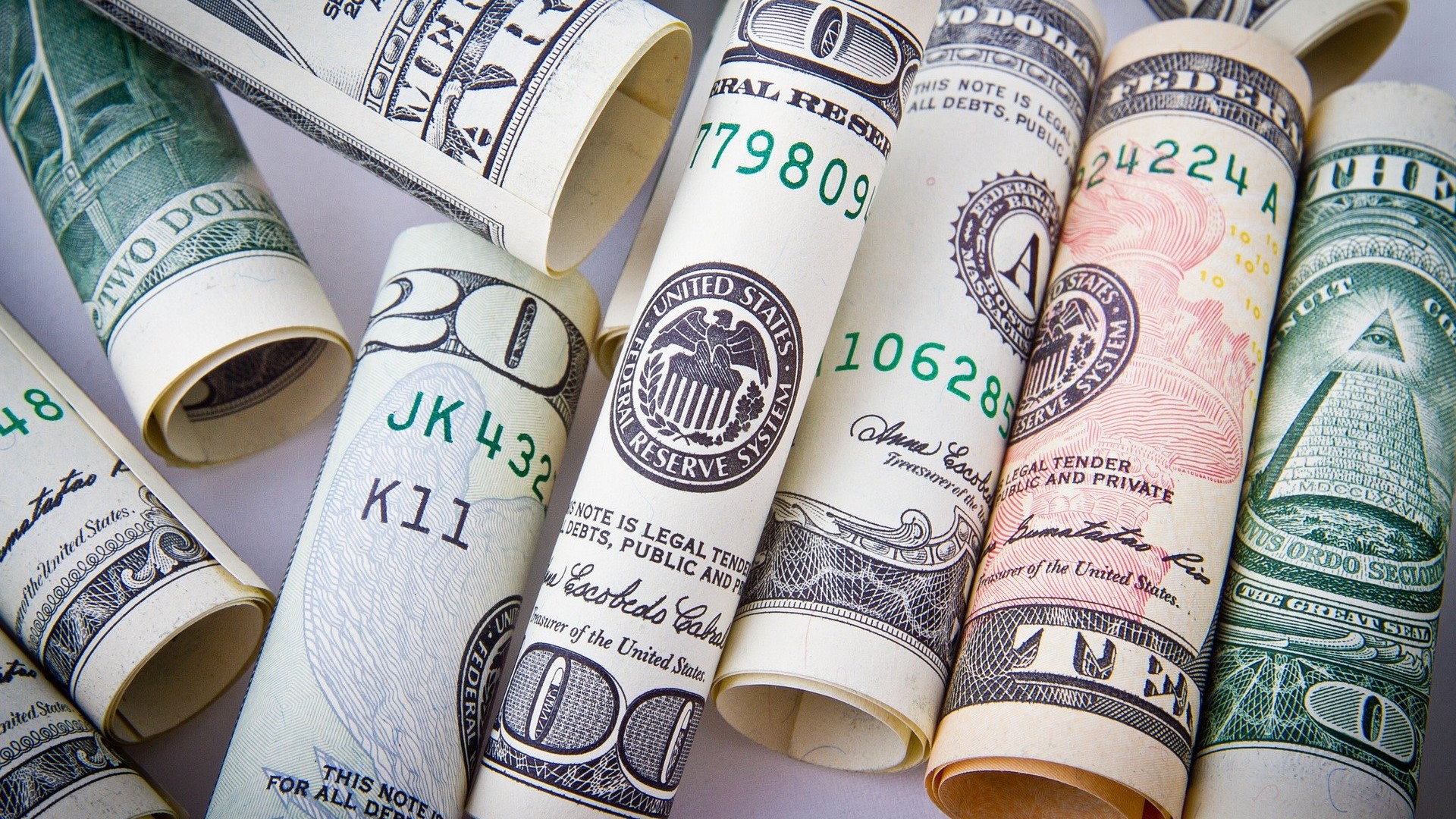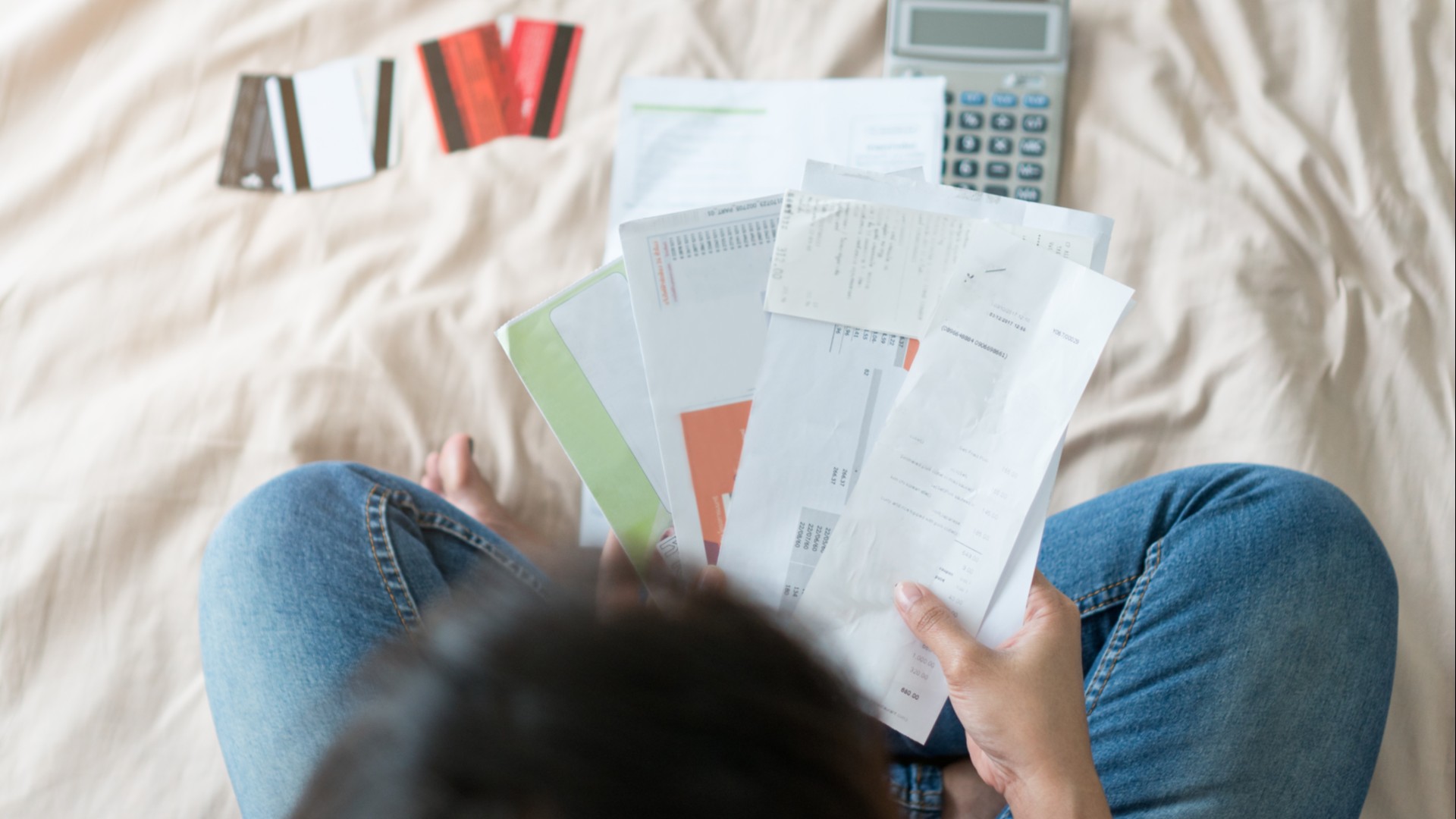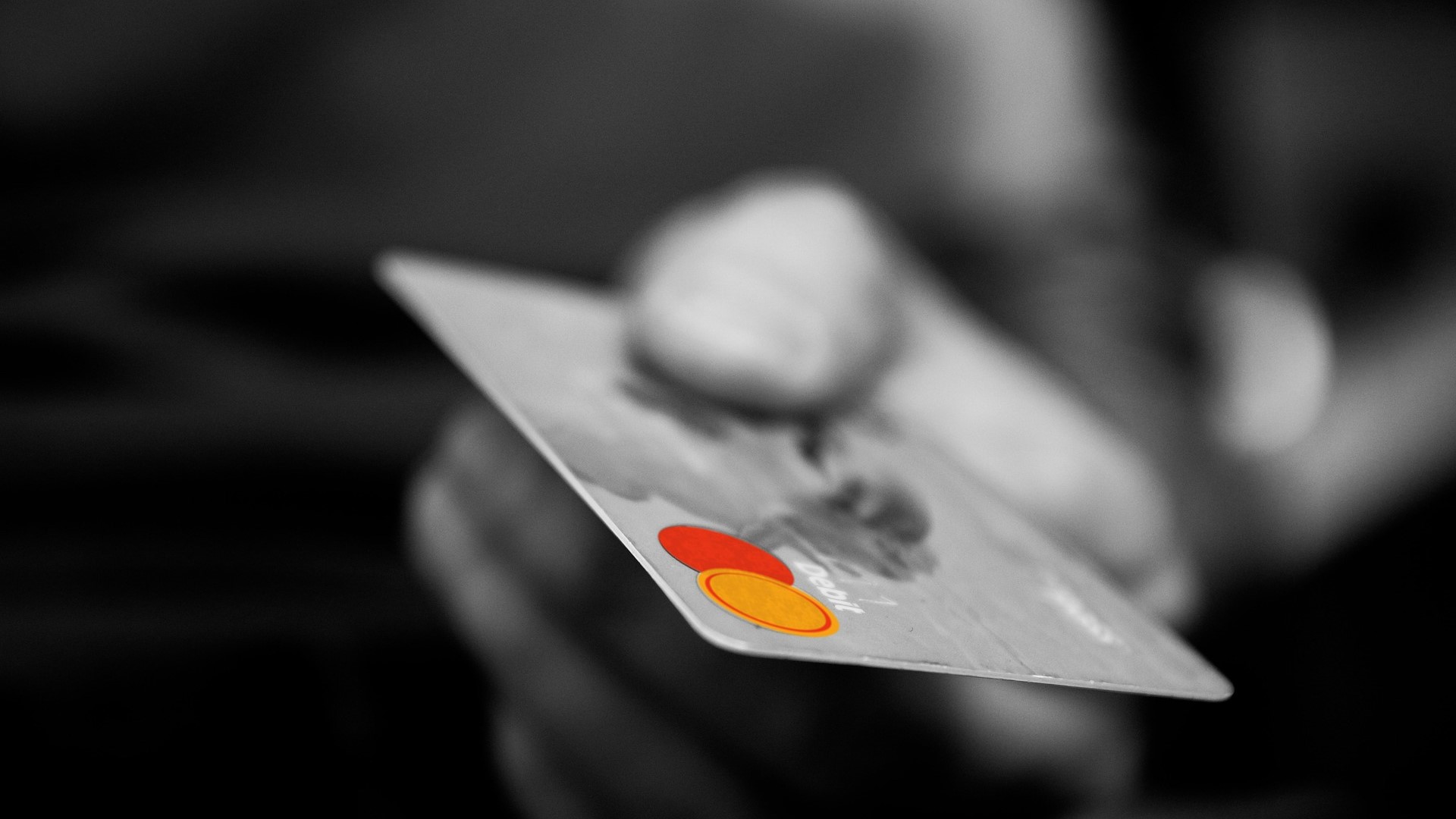The US states where credit card debt is at its highest have been revealed as the coronavirus pandemic continues to impact the way households are having to manage their finances. Americans already owed over $1 trillion on credit cards at the start of 2020, but with the COVID-19 outbreak wreaking havoc with personal finances in the form of permanent unemployment and temporary lay offs, a further net increase of $80 billion is projected for this year.
As with most things money-related, however, not everyone is equal, with those in certain states more susceptible to credit card debt than others, increasing the chances they will require the services of debt consolidation companies at some point in the future.
The differences might be due to credit charges varying between states, or because some areas have been less impacted by the coronavirus than others. There might also be inherent differences between how responsible residents of different states tend to be about their finances, with some more predisposed to paying off debt and others less concerned if they are continually in the red.
Which states have the highest credit card debt?
Compiling its report on the states with the highest and lowest credit card debts, WalletHub used its own data along with that drawn from TransUnion, the Federal Reserve, and the U.S. Census Bureau to find the cost and time required to repay the median credit card balance in each of the 50 states and the District of Columbia.

Buckling under the greatest debt, and by some considerable distance, are residents of Alaska, where the median credit card debt is $3,897 and the cost of paying this off is $466. Unsurprisingly, those living in Alaska also face the longest expected timeframe for paying off their credit card debt of 17 months and 28 days.
Next worse in terms of overall credit card borrowing is District of Columbia, where an average debt of $3,272 will cost $362, and take 16 months and 16 days to pay off. The state of Virginia, with an average debt of $3,023, which is expected to take 14 months and 2 days to eradicate at a cost of $287, occupies third spot.
| State | Median credit card debt | Cost to pay off | Time until payoff |
|---|---|---|---|
| Alaska | $3,897 | $466 | 17 months and 28 days |
| District of Columbia | $3,272 | $362 | 16 months and 16 days |
| Virginia | $3,023 | $287 | 14 months and 2 days |
| Colorado | $2,968 | $297 | 14 months and 30 days |
| Hawaii | $2,951 | $232 | 11 months and 18 days |
| Washington | $2,892 | $282 | 14 months and 15 days |
| Texas | $2,858 | $265 | 13 months and 26 days |
| Maryland | $2,837 | $247 | 12 months and 29 days |
| Connecticut | $2,814 | $242 | 12 months and 23 days |
| Georgia | $2,797 | $247 | 13 months and 1 day |
The states with lowest credit card debt
At the other, more favorable end of the scale, those resident in Iowa have the smallest average credit card debt of $2,034, almost half that recorded in Alaska. With so much less to repay, it is estimated the cost of debt will eventually amount to just $161 and it will take 11 months and 22 days to clear.
West Virginia is next-best, where typical card debt is $2,130, the anticipated charges are $163, and the predicted payoff time is slightly lower at 11 months and 6 days, due to the slightly higher earnings of full-time workers. The state with the third least credit card debt of $2,140 is Wisconsin, where the cost of paying off card borrowing is estimated at $183 over a period of 12 months and 22 days.
Getting your debt under control
For those struggling under the weight of any debt, whether it is credit card related, or the result of a personal loan or auto loan, there are a number of steps that can be taken to try and relieve the pressure. The ultimate aim, of course, is to be debt-free, although much hard work is likely to be needed before this can happen.
Keep track of spending
In the first instance, you really need to identify the problem before you can fix it - in the case of debt, this means that you have been spending more money than you have coming in. The pandemic has made such a scenario an inevitability for some, and taking on credit card debt is not necessarily a bad thing if it is the only option you have to put food on the table or pay the rent - it is much the preferable option to taking out a payday loan, for instance.

However, if you are otherwise in receipt of a decent income, but still racking up debt, consider if there are there ways in which you could rein back on your spending, perhaps by limiting purchases to essentials, or maybe by comparing auto insurance quotes to know you are on the best deal.
Are you receiving everything you are due?
Regardless of whether you are in debt or not, you should always look to take advantage of all the financial help that might be on offer to you. If you’re out of work, sign up for unemployment benefit and keep an eye on any extra assistance that might soon be available for those without a job. Making sure you have received your original coronavirus stimulus check, and are on the lookout for any second wave of payments, is also a must, as is claiming any tax refund you might be due.
While an unlikely option given the challenges facing the US economy at present, if the opportunity to take on a second job did present itself, you could also try and use some of the additional income this provides to pay down your debt.
Starting to pay off your debt
While obviously sounding far easier than it actually is, if you have your spending under control, and potentially some extra funds at your disposal, the next step is working out how best to pay off your debts. Obviously, there is much to consider, but Brett Rousseau, CPA – Assistant Professor of Accounting at School of Business, Maryville University, offered some advice in the report that could help.
“One train of thought is to pay off your highest interest-bearing debt first (this means of all your debts, starting paying off the one that has the highest interest rate first). However, another train of thought is to start by paying off your smallest debt balance first so that you can get some momentum behind you. Do not underestimate the emotional power of seeing a particular debt balance go all the way down to zero!”
It’s good to talk
If you’re not in a position to pay off your debt, and instead are more concerned about simply being able to meet your debt payments, don’t suffer in silence. Talk to your family and friends to see if they can perhaps help you financially for a while, and then call your creditors to see what they can do for you. Credit card issuers have been more flexible than they have probably ever been in terms of affording leeway to struggling borrowers during the pandemic, so make the most of it.

Similar assistance has also been available from mortgage companies with regard to their treatment of homeowners concerned about meeting their monthly payments. And with interest rates so low, it is also worth approaching the best refinance mortgage companies to see if you could save money or restructure your finances by switching to a cheaper mortgage deal.
Further avenues for debt assistance
If you are still finding it difficult to get on top of your debt, or you are in a situation that you fear will only get worse, you should seek debt counseling to get advice. Another potential source of help could be the best debt consolidation companies, who aim to bring all your debts together into a single more manageable - and hopefully less expensive - monthly payment. Debt settlement is the next natural step to consider, while bankruptcy should only ever be seen as a last resort.

